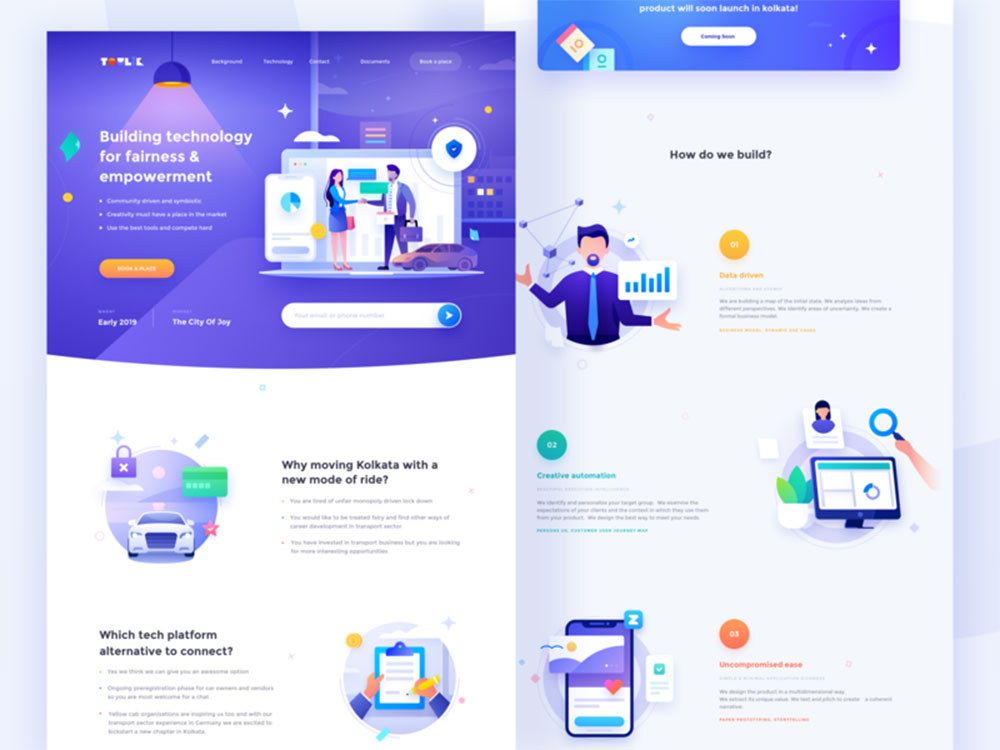SaaS Management 101: Understanding the Basics

In our digitally-dependent world, Software as a Service, or SaaS, feels like a natural progression of how businesses work.
Picture this – your most essential software solutions made available online, accessible anytime, anywhere, regardless of the device. This isn’t merely convenience we’re talking about. It’s also efficient, scalability, and significant cost savings.
But before an organization can jump on the SaaS bandwagon, it must understand how SaaS management works. Otherwise, you risk losing your bearings as your company grows and your need for various services increases.
We put together a comprehensive SaaS management guide for every business owner out there (beginner or seasoned). So if you want to know more about SaaS management and how it works, keep reading!
What Exactly is SaaS Management & How Does It Work?
In essence, SaaS management revolves around the handling of cloud-based software applications from a centralized platform. It’s essentially the custodian of your online software solution ecosystem if you will.
For instance, a SaaS business model means that said business offers solutions as a service rather than a one-time product you can purchase. However, SaaS management is all about keeping track of all the software-as-a-service applications used by one business or organization.
To keep everything under control, especially in a larger organization, SaaS management focuses on 3 key elements:
- Subscription Management – keeps track of which services you’re signed up for, how much they’re costing you, and their renewal dates.
- License Administration – ensures subscriptions are fully utilized and not going to waste.
- Compliance Monitoring – ensures that all your software usage stays within legal parameters and upholds company policies.
How to Find the Best SaaS Management Platform
SaaS management platforms are powerful tools designed to streamline the processes related to using and managing Software as a Service (SaaS) applications. As most businesses today rely heavily on multiple SaaS solutions for various operations – from customer relationship management to data analytics – the right platform can truly make a difference.
Managing multiple SaaS applications individually can be an overwhelmingly complex task. Different renewal dates, disparate usage policies, variations in pricing structures – it can all stack up pretty fast, leading to loss of efficiency and wastage of resources.
This is why successful businesses will first browse the leading SaaS management platforms and choose the one that fits their needs.
One of the key functions of a SaaS Management Platform is the ability to provide a consolidated view of all your SaaS subscriptions (a form of inventory management). You get complete visibility into what services you’re paying for, who’s using them, and how frequently.
Besides inventory management, such platforms also assist with expenditure tracking and optimization. They also help ensure compliance with licensing agreements preventing any potential legal challenges. Another feature that business owners appreciate is a unified control panel. This is an integrated interface from where all your SaaS applications can be controlled.
Also, you can’t ignore a feature that will automate updates and patching, which are vital for ensuring that all applications are operating on their latest versions, thereby enhancing security and maintaining peak performance.
In a nutshell, a good SaaS Management Platform reduces complexity, boosts productivity, and ultimately saves money. It helps businesses optimally manage their digital tools creating room for growth and innovation.
The Main Benefits of Effective SaaS Management
An effective SaaS management strategy built around the best platform for your needs comes with a series of benefits, such as:
- Cost Efficiency – With better visibility into your software subscriptions, there’s less chance of overspending on unused services. This can lead to substantial savings.
- Optimal Resource Allocation – By managing all your SaaS applications from a centralized platform, you reduce redundancy and increase productivity, which is crucial for growth.
- Enhanced Security – Management platforms help in checking compliance with licensing agreements and ensuring the latest updates are installed, hence minimizing potential security risks and vulnerabilities.
- Workflow Simplification – Features like the unified control panel help streamline operations and save time by allowing quick access to all software tools from one place.
- Improved Decision Making – Detailed usage insight helps understand where the company’s digital resources are most effective, assisting in data-driven decision-making for future investments.
All these benefits combined pave the way for businesses to operate more efficiently, innovate faster, and grow dynamically in their respective sectors.
Common Challenges for SaaS Businesses
Navigating the SaaS landscape isn’t without its challenges. As businesses expand their digital toolsets, a few common issues tend to surface.
One such hurdle is expense visibility. Keeping track of all software subscriptions and their related expenditures can become quite a daunting task when dealing with multiple services. However, this is a problem that the right SaaS management platform can easily take over.
Security risks are another concern that comes with SaaS use. The more applications in play, the broader the potential attack surface for data breaches. While you can never be 100% out of danger, the use of security best practices and a focus on proper maintenance schedules and backups should keep you out of harm’s way.
Lastly, companies also need to worry about compatibility. Only this time, you’re not worrying about compatibility between different stand-alone systems but different SaaS solutions that can effortlessly interact with each other.
The Future of Saas Management
It doesn’t take much analysis to realize that Saas management will continue to grow and evolve. After all, the surge in remote working and digital operations has strengthened the importance of cloud-based software and effective management techniques.
Looking ahead, we anticipate deeper integration between different SaaS apps for even smoother workflows. Greater automation is also on the cards, likely making routine management tasks more streamlined than ever.
Moreover, as data privacy laws keep evolving worldwide, expect enhanced security features to become standard offerings in SaaS platforms.
In essence, companies that adapt swiftly and efficiently to these trends will be poised for success.









